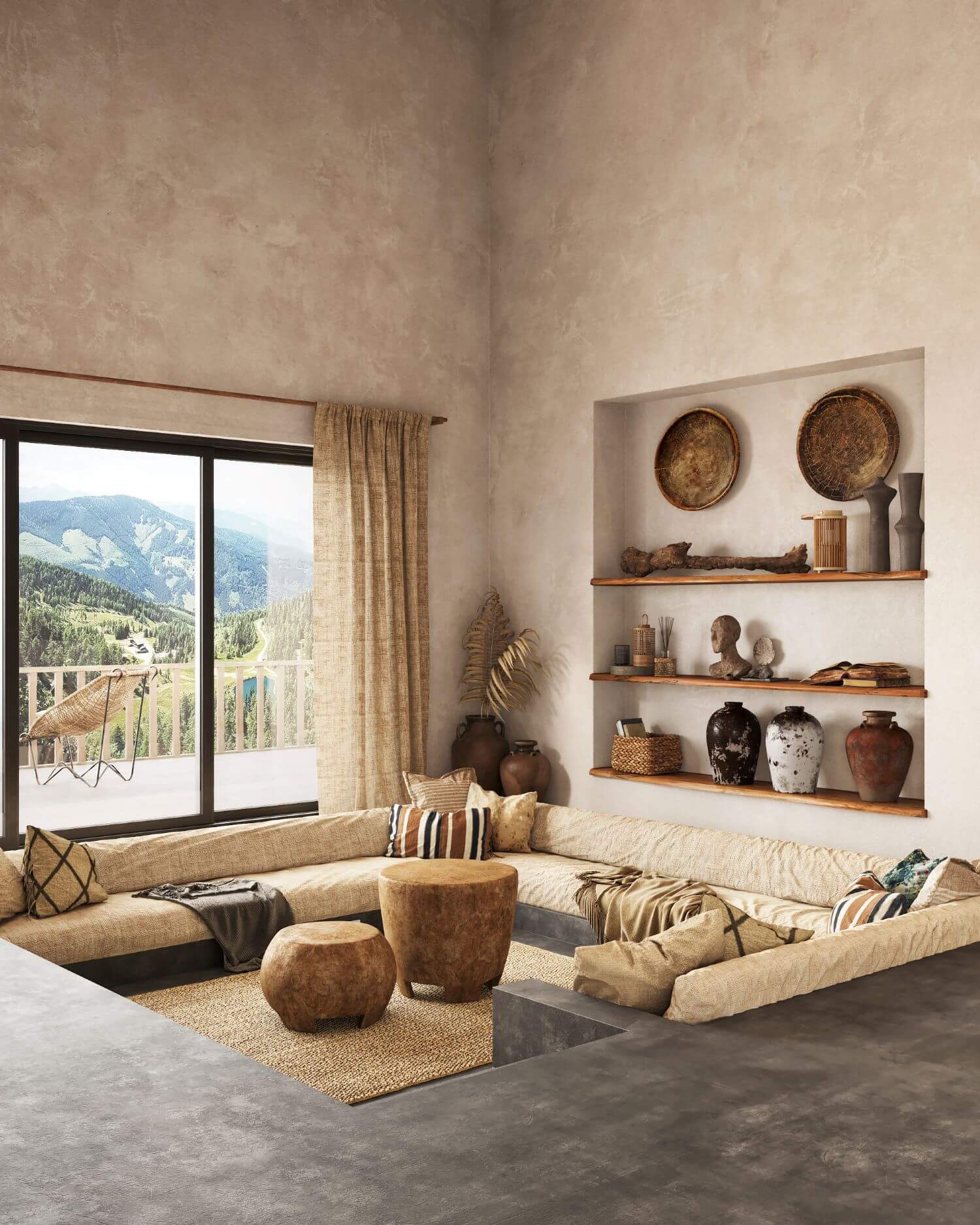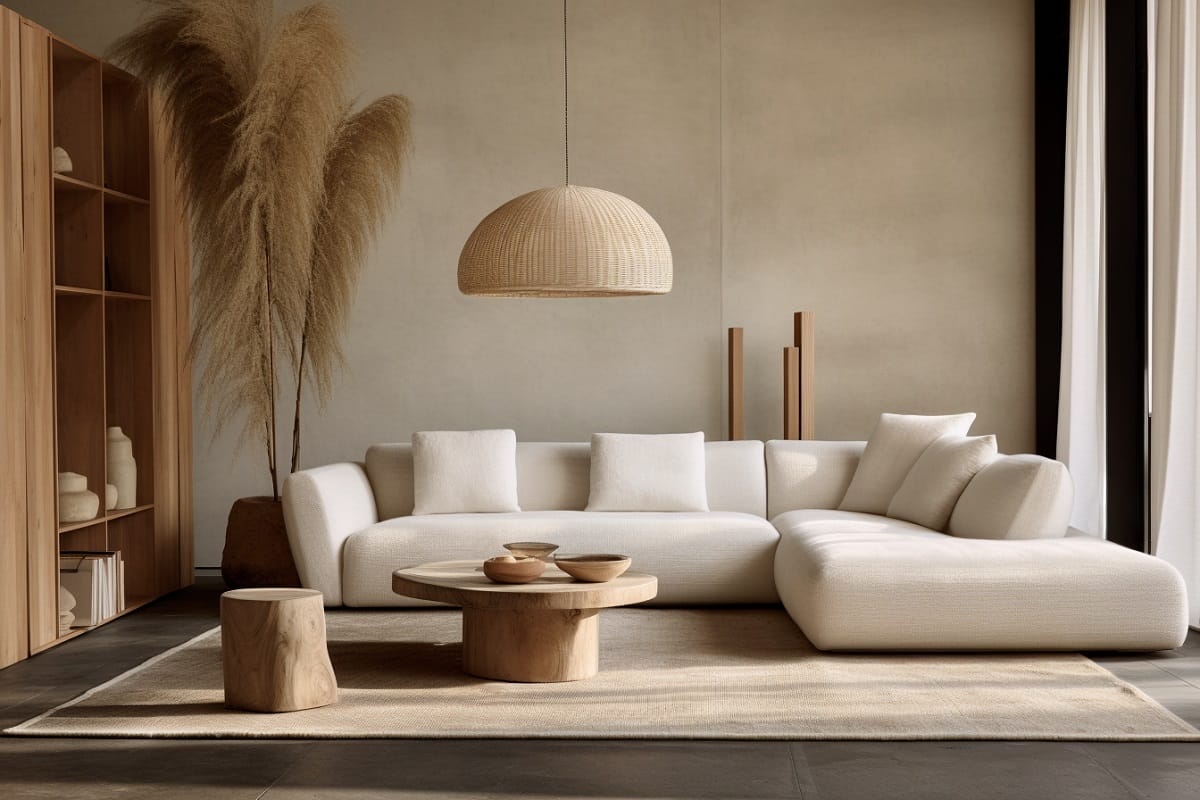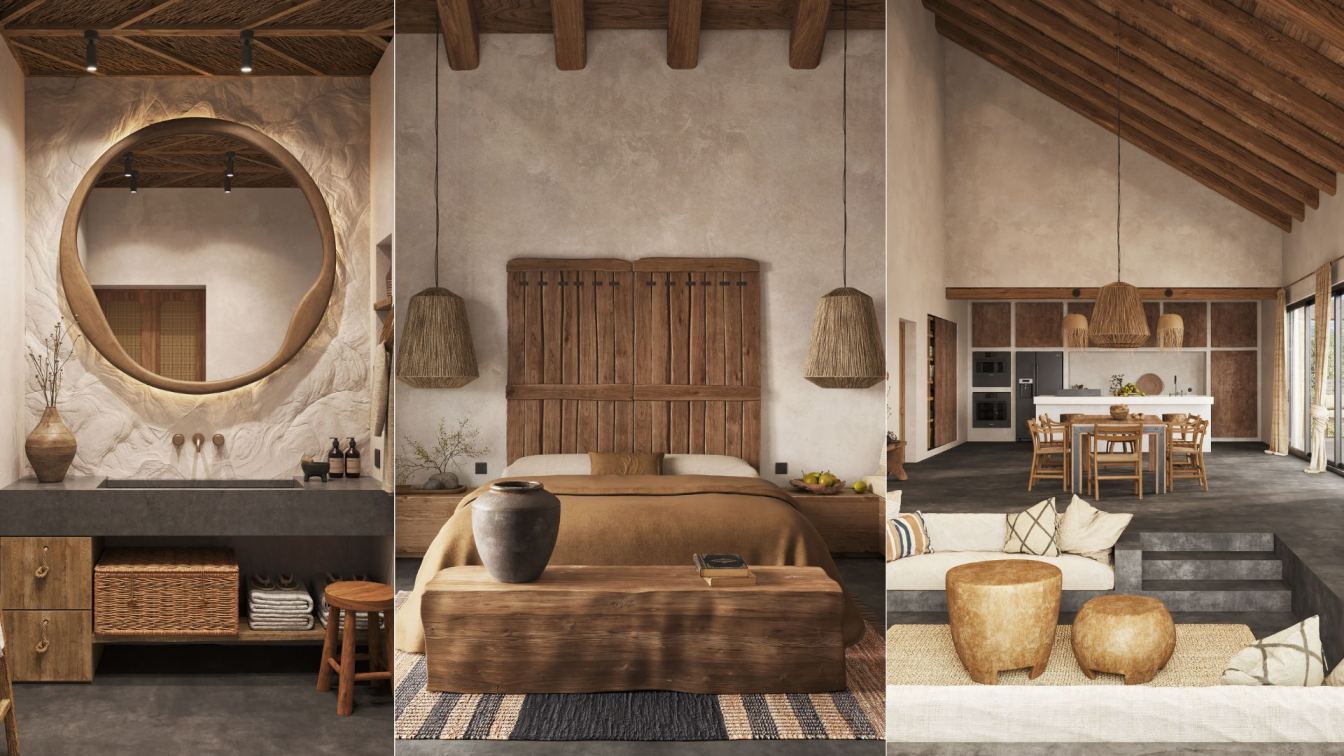In a world that often glorifies perfection, the concept of wabi sabi invites us to embrace the natural cycle of growth and decay. This unique aesthetic, rooted in Japanese culture, aligns beautifully with the principles of minimalism. In this article, we will explore how to blend minimalist and wabi sabi interior design in a way that cultivates beauty through simplicity, sustainability, and authenticity.
What is Minimalist Wabi Sabi Interior Design?
The term wabi sabi represents a worldview centered on the acceptance of transience and imperfection. It encourages individuals to appreciate the beauty in things that are asymmetrical, incomplete, or aged. Minimalist design, on the other hand, is all about simplicity, using fewer elements to create a peaceful space.
Key Components of Minimalist Wabi Sabi Design
- Natural Materials: Wood, stone, and clay that display unique textures and imperfections.
- Neutral Color Palettes: Soft, natural hues that evoke serenity.
- Simplicity: A clutter-free environment where each object holds significance.
- Intentional Decor: Each piece should tell a story or serve a purpose.
The Philosophy Behind Wabi Sabi
The philosophy of wabi sabi teaches us to find contentment in the present moment, valuing the journey more than the destination. It embraces life as it is, rather than how we wish it to be. This mindset can profoundly impact the way we design our interiors, allowing us to create spaces that reflect who we are rather than societal expectations.
The Benefits of Embracing Minimalist Wabi Sabi Design
Integrating minimalist wabi sabi principles into your home can lead to numerous benefits, including:

1. Enhanced Serenity
A clutter-free space promotes a sense of calm and clarity. When you remove distractions, you create a peaceful oasis.
2. Sustainable Living
Minimalism encourages thoughtful purchasing habits, leading to less waste and more sustainable choices.

3. Personal Connection
By curating your space with items that hold sentimental value, you create a home that reflects your unique story.
4. Timeless Aesthetic
Wabi sabi’s focus on authenticity and natural beauty ensures that your space will remain appealing even as trends come and go.

How to Integrate Minimalist Wabi Sabi Design Into Your Home
Step 1: Declutter with Purpose
Start by eliminating items that no longer serve a purpose or bring you joy. Ask yourself: Does this item enhance my life? If not, it’s time to let it go.

Step 2: Choose Natural Materials
Opt for materials like wood, linen, and clay that showcase their natural imperfections. These elements bring warmth into your space and connect you to nature.
Recommended Materials Table
| Material | Benefits | Best Uses |
|---|---|---|
| Wood | Natural beauty, warmth, durability | Furniture, flooring, decor |
| Linen | Soft texture, breathable | Cushions, curtains, bedding |
| Clay | Unique shapes, sustainable | Pottery, planters, sculptures |

Step 3: Choose a Neutral Color Palette
Focus on soft, earthy tones that create a cohesive look throughout your space. Shades of beige, taupe, soft grey, and muted greens often work well.
Step 4: Display Intentional Decor
Each item in your home should have a purpose or tell a story. Incorporate family heirlooms, handmade crafts, or artwork that resonates with you.

Step 5: Create Balance and Harmony
Wabi sabi celebrates asymmetry, so don’t be afraid to embrace off-balance arrangements that still feel intentional. Layer textures and shapes for visual intrigue.
Modern Minimalist Wabi Sabi Design Inspirations
1. Living Room
Imagine a cozy living room with a low, wooden coffee table, a soft linen sofa adorned with mismatched cushions, and a few thoughtfully placed plants. The space should feel inviting and relaxed.

2. Bedroom
Create a sanctuary by opting for a low-profile bed frame made of reclaimed wood, layered with organic cotton bedding in muted tones. Incorporate natural light with sheer linen curtains.
3. Kitchen
Design a minimalist kitchen with open shelves to display rustic dishware and wooden cutting boards while maintaining a clutter-free countertop.
Challenges of Minimalist Wabi Sabi Interior Design
While adopting minimalist wabi sabi design can be fulfilling, it does come with challenges:
1. Emotional Attachment to Items
Letting go of possessions can be difficult, especially if they hold sentimental value. Consider taking photos of items before parting ways.
2. Investment in Quality Over Quantity
Quality materials often come at a higher price. Be patient and focus on gradually building a space you love.
3. Balancing Personal Style
Finding the right balance between wabi sabi and your personal aesthetic can be tricky. Allow your style to evolve naturally rather than forcing it.
Exploring the Concept of Sustainability in Wabi Sabi
Sustainability is at the heart of wabi sabi. By choosing to decorate with natural, locally sourced materials, you reduce your carbon footprint and support artisans and sustainable practices.
1. Upcycling and Repurposing
Instead of discarding old furniture, consider upcycling it with a fresh coat of paint or by incorporating it into a new design. Each piece has its own story, and this adds character to your space.
2. Supporting Local Artisans
Invest in handmade goods from local artisans that align with wabi sabi principles. This not only encourages sustainable practices but also creates a personal connection to the pieces in your home.
FAQs About Minimalist Wabi Sabi Interior Design
What are the main principles of wabi sabi?
The main principles of wabi sabi include embracing imperfection, appreciating simplicity, and acknowledging the beauty of transience and the natural world.
How do I start a minimalist wabi sabi home?
Begin by decluttering your space, selecting natural materials, adopting a neutral color palette, and curating decor items that hold personal significance.
Is wabi sabi only applicable to interior design?
No, wabi sabi can extend beyond interior design into lifestyle choices, art, fashion, and even interpersonal relationships. It’s a holistic approach to finding beauty in imperfection.
Can I mix wabi sabi with other design styles?
Absolutely! Wabi sabi can beautifully complement other styles, such as Scandinavian or industrial design. The key is to maintain the focus on simplicity and authenticity.
Conclusion: Your Journey to a Minimalist Wabi Sabi Home
Embracing minimalist wabi sabi interior design is not merely a trend; it’s a lifestyle choice that encourages a deeper connection with our surroundings and ourselves. By recognizing the beauty in imperfection and selecting meaningful pieces, we create spaces that reflect our authentic selves. As you embark on this journey, remember to enjoy the process, celebrate the small victories, and find joy in simplicity. Your home is a canvas for your story—make it uniquely yours.